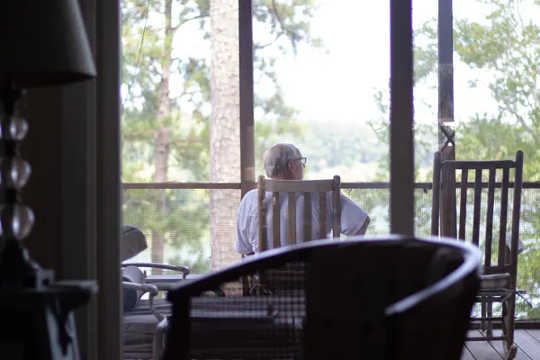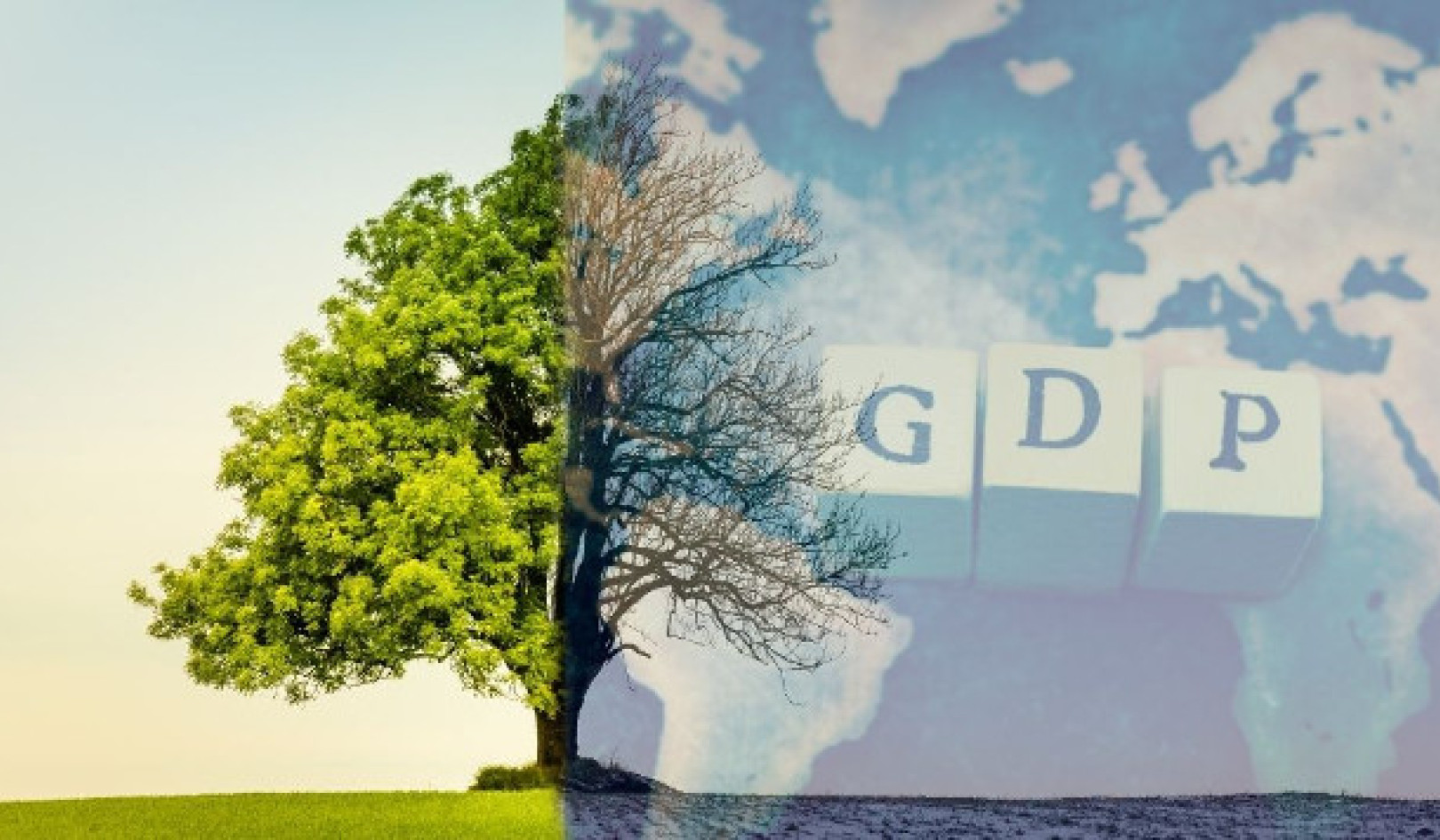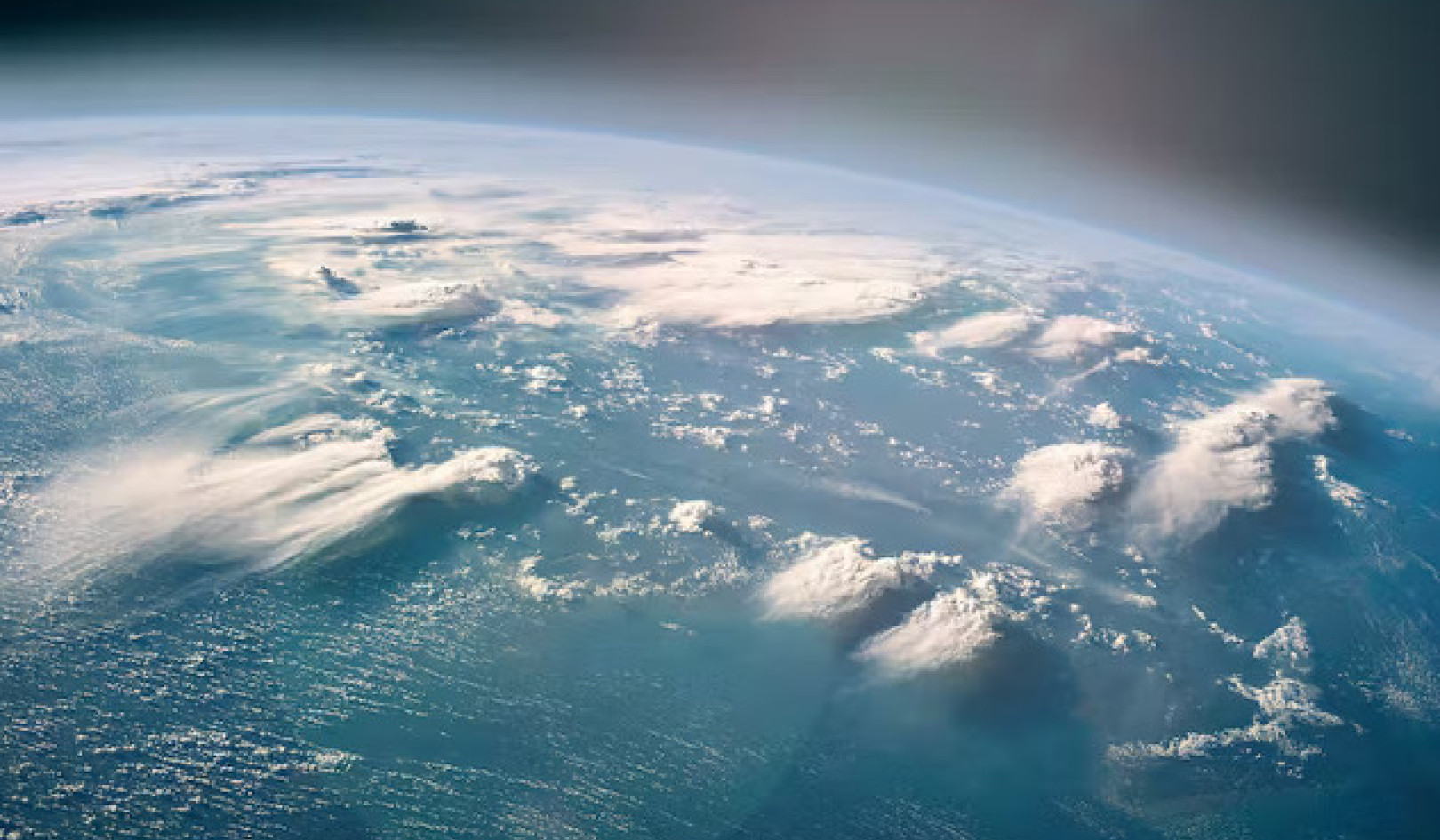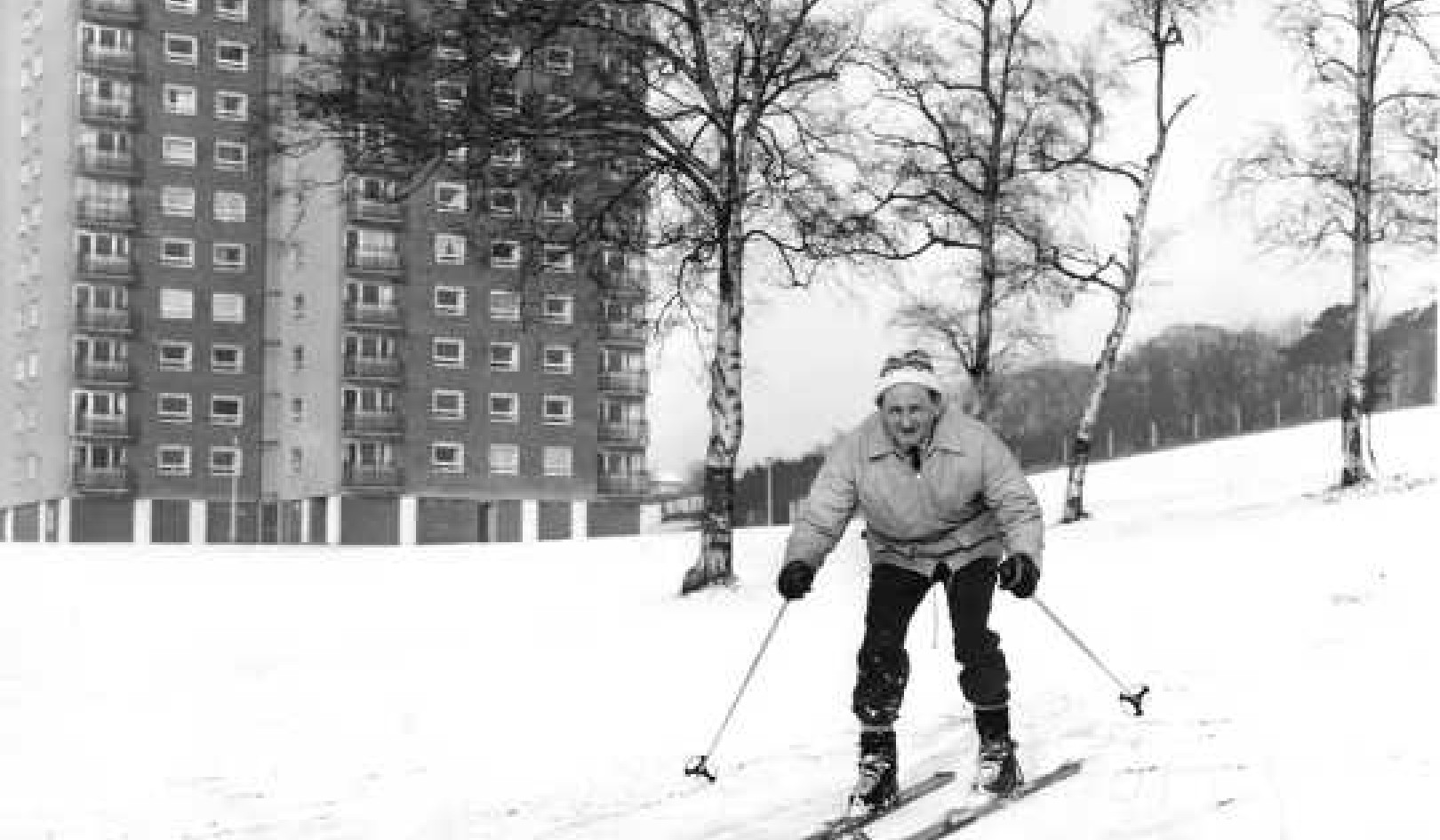
A one-person apartment has the same number of fridges and ovens as a large shared house. Baloncici / shutterstock
Globally, households are shrinking – more and more people are living alone. In 2016, almost two thirds of all households in the EU were composed of one or two people, with shrinking households also prevalent around the world. As countries move up the human development index, households are expected to continue to shrink.
As households have got smaller, homes are getting larger. This increases energy and resource use, domestic waste and greenhouse gases. After all, most households have similar appliances like stoves and fridges, and cooled or heated spaces, regardless of how many people live there.
There is also a tendency to share less within apartment buildings compared to previous decades. In Sweden, where once sharing a laundry room was the default, now more than 80% of newly built apartments have their own washing machine. Smaller households simply don’t benefit from the sharing potential of larger households. So it’s no wonder that shrinking household size is emerging as a fundamental challenge to reducing resource consumption and mitigating climate change.
So why do more and more people live alone? In a study recently published in the journal Buildings and Cities, we found that there may be different reasons. But some key trends include young people leaving home to study or work, couples living apart for longer before moving in together (if at all), the dissolution of a partnership or death of a partner.
Early, middle, late
Early in life, it is most often delaying partnering and childbearing that increases solo-living. Across Europe, North America, and Africa, young men are more likely to live on their own. This is a transitional phase where forming a partnership is delayed in order to focus on education or building a career. Living alone is also common in countries where rural youth migrate to urban centres for work and form their own household. Among young adults, men take longer to get married or move in with partners compared to women.
In later life, the gender trend reverses dramatically, and women live alone two to four times more often than men across 113 countries looked at in one study. This can be explained by women living longer than men on average, resulting in more widows living alone. Increasing life expectancy, dissolution of partnerships and death of a partner tend to be the main drivers behind trends in elderly one person households.
Middle-aged adults’ solo-living is more complex. According to a Canadian panel survey, employed men and those living in vulnerable communities are less likely to stay living on their own compared to unemployed men and those living in less vulnerable communities, respectively. Among women, those with poor health and medium-level of education are more likely to live alone compared to women with excellent health and lower education.
 As life expectancy increases, so will the number of elderly people living alone. Ian Noble / Unsplash, CC BY-SA
As life expectancy increases, so will the number of elderly people living alone. Ian Noble / Unsplash, CC BY-SA
In countries with high value placed on the individual, living alone is more common than countries with high value of family co?residence. For example, in Sweden and across the Nordics living alone has become a norm through a “culture of individualism” and a welfare state which enables people to access affordable housing and public services independent of family support.
Solo wave
Many societal factors underlie trends toward living alone: culture, economic means, demographic developments, health, policy and institutions all play their role at different life stages. As households continue to shrink, there will be new challenges to provide necessary services, particularly in poorer countries where communication technologies are less developed and welfare states are weaker, with a host of associated environmental challenges.
The wave of solo-living currently sweeping many different countries, and about to sweep many more, will lead to increasing environmental impacts without focused policy attention. Policies might address both less environmentally impactful ways to live alone or ways to promote more people living together.
Though living alone is a growing trend, this does not necessarily mean that more people are permanently living alone – it can also imply that people at different stages of their life are living alone. Very different types of sharing or co-housing may ultimately be required to provide an attractive alternative.![]()
About the Authors
Tullia Jack, Marie Sk?odowska-Curie International Fellow, Department of the Built Environment, Aalborg University; Diana Ivanova, Research Fellow, University of Leeds; Kirsten Gram-Hanssen, Professor, Department of the Built Environment, Aalborg University, and Milena Buchs, Associate Professor in Sustainability, Economics, and Low-Carbon Transitions, University of Leeds
This article is republished from The Conversation under a Creative Commons license. Read the original article.
Books on The Environment from Amazon's Best Sellers list
"Silent Spring"
by Rachel Carson
This classic book is a landmark in the history of environmentalism, drawing attention to the harmful effects of pesticides and their impact on the natural world. Carson's work helped to inspire the modern environmental movement and remains relevant today, as we continue to grapple with the challenges of environmental health.
Click for more info or to order
"The Uninhabitable Earth: Life After Warming"
by David Wallace-Wells
In this book, David Wallace-Wells offers a stark warning about the devastating effects of climate change and the urgent need to address this global crisis. The book draws on scientific research and real-world examples to provide a sobering look at the future we face if we fail to take action.
Click for more info or to order
"The Hidden Life of Trees: What They Feel, How They Communicate?Discoveries from A Secret World"
by Peter Wohlleben
In this book, Peter Wohlleben explores the fascinating world of trees and their role in the ecosystem. The book draws on scientific research and Wohlleben's own experiences as a forester to offer insights into the complex ways that trees interact with one another and the natural world.
Click for more info or to order
"Our House Is on Fire: Scenes of a Family and a Planet in Crisis"
by Greta Thunberg, Svante Thunberg, and Malena Ernman
In this book, climate activist Greta Thunberg and her family offer a personal account of their journey to raise awareness about the urgent need to address climate change. The book provides a powerful and moving account of the challenges we face and the need for action.
Click for more info or to order
"The Sixth Extinction: An Unnatural History"
by Elizabeth Kolbert
In this book, Elizabeth Kolbert explores the ongoing mass extinction of species caused by human activity, drawing on scientific research and real-world examples to provide a sobering look at the impact of human activity on the natural world. The book offers a compelling call to action to protect the diversity of life on Earth.






















